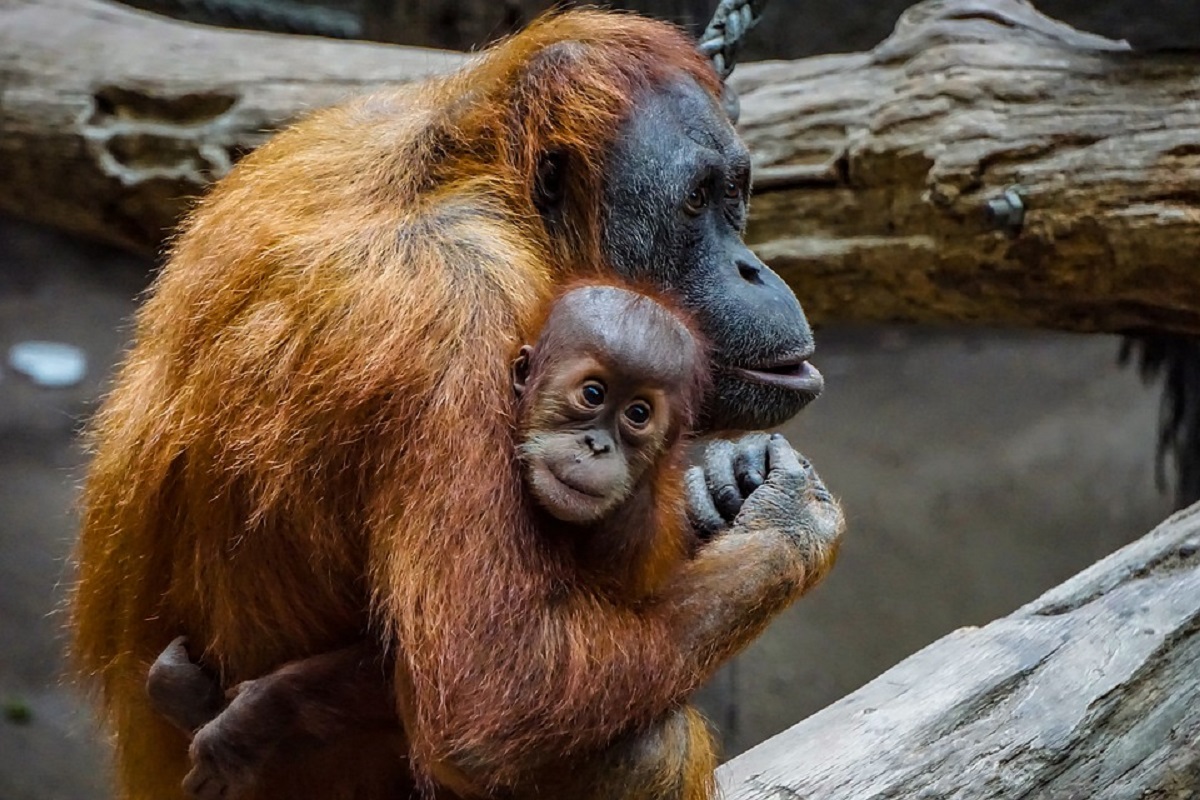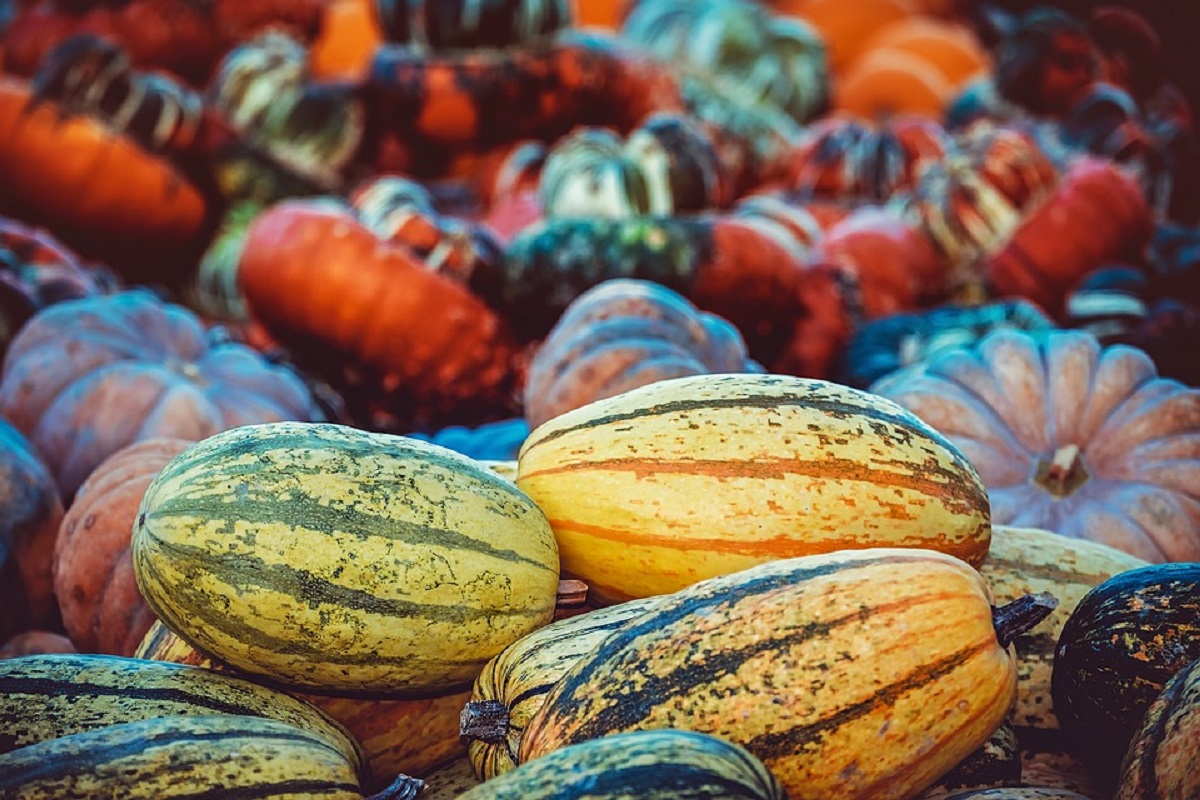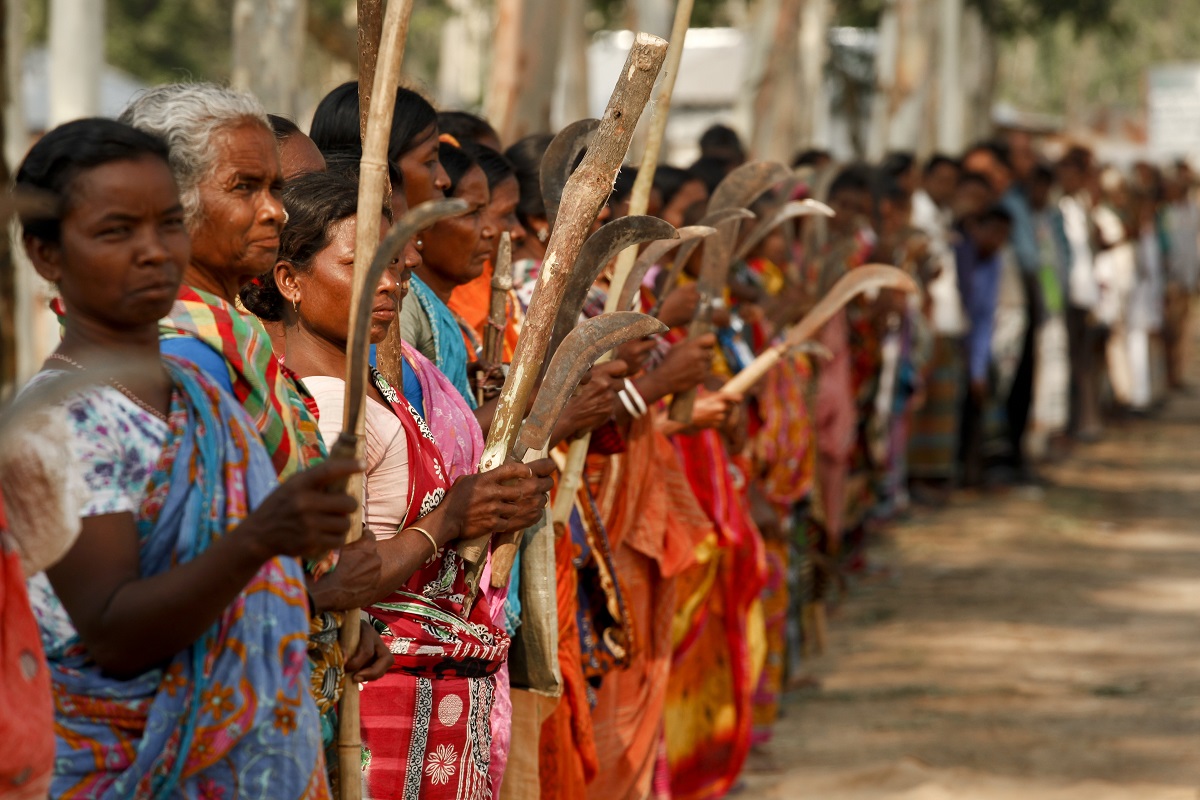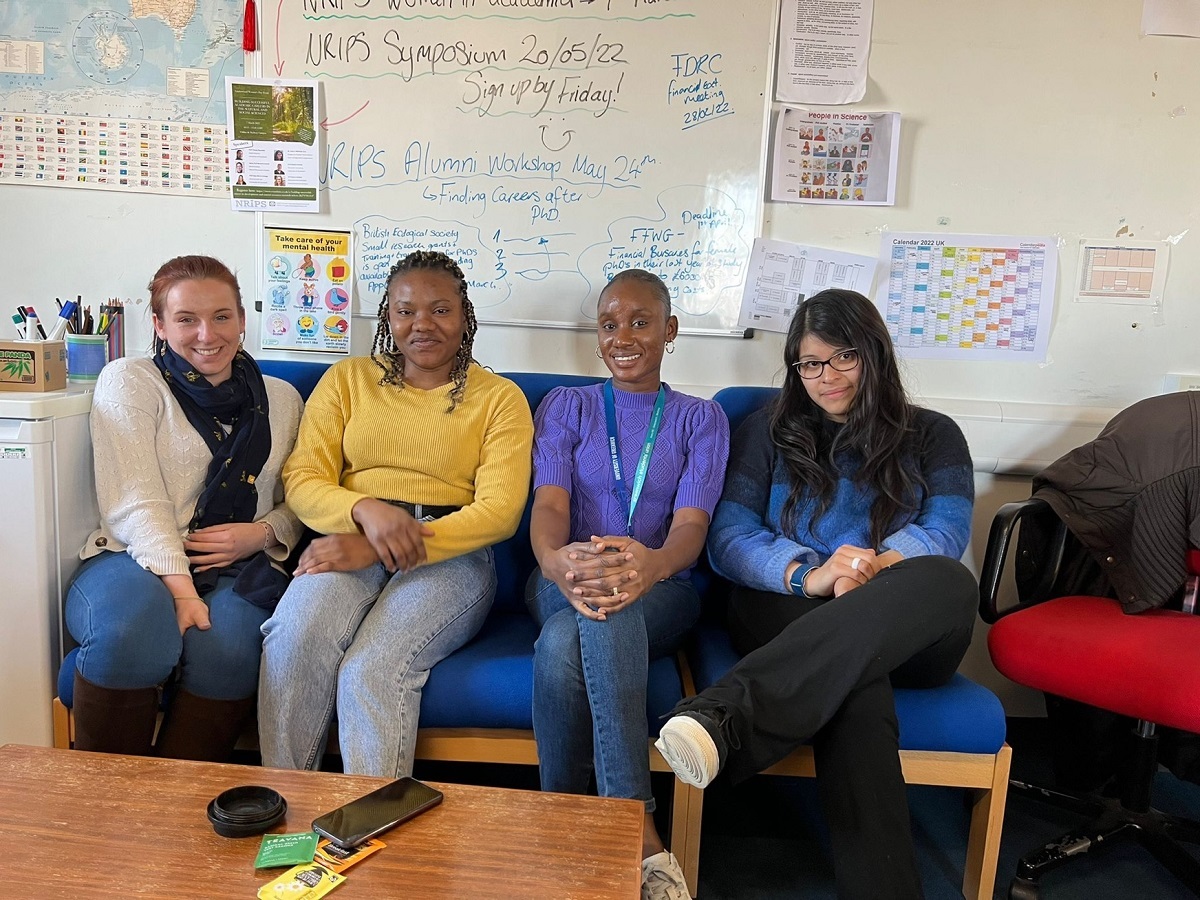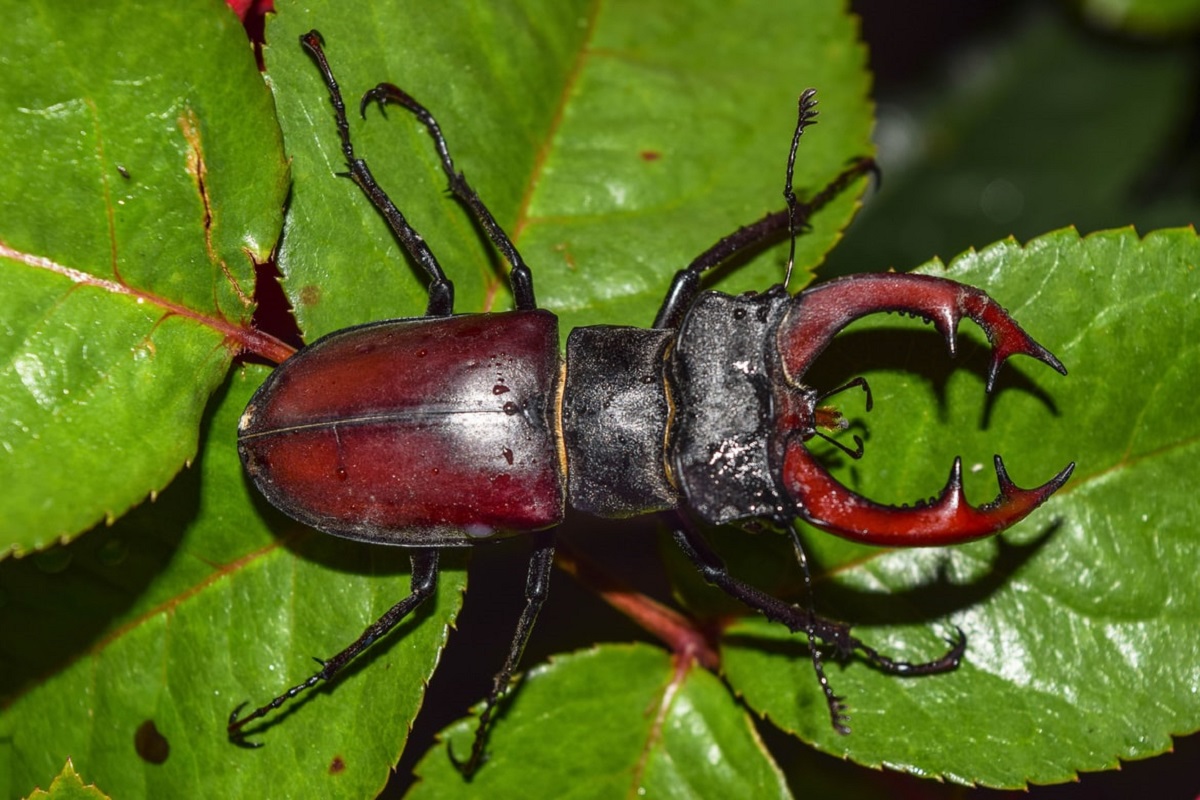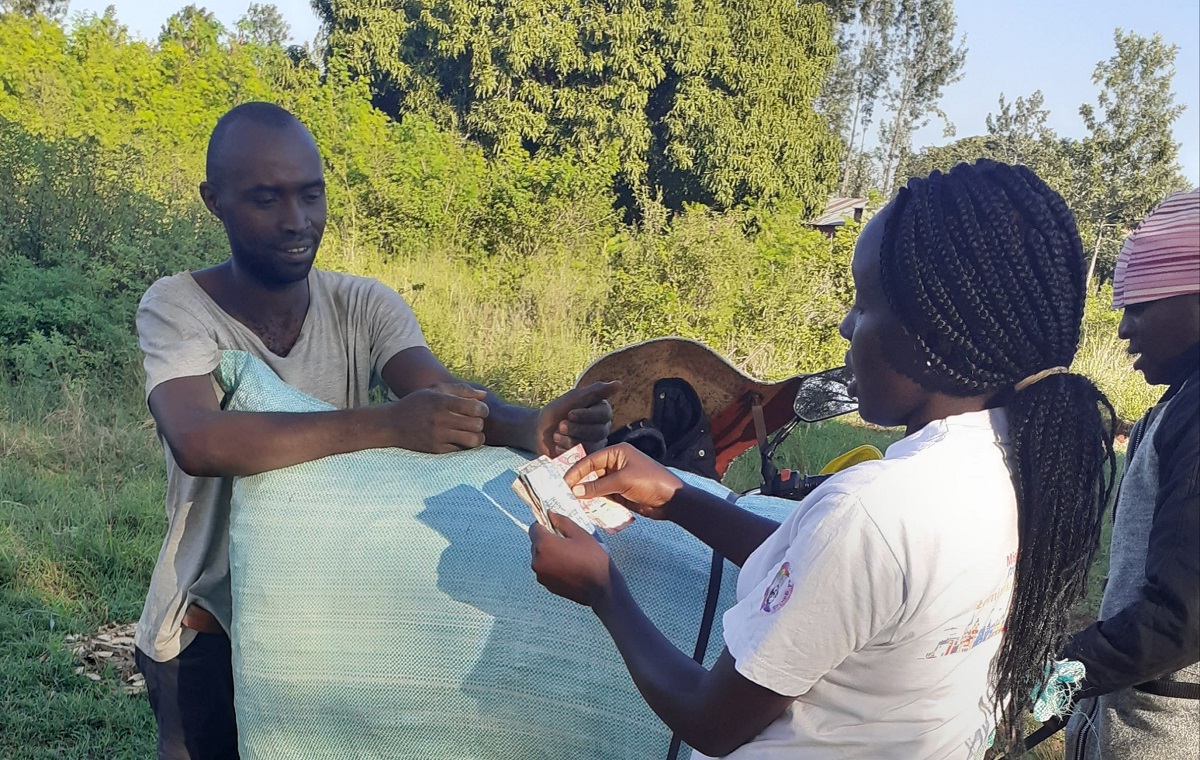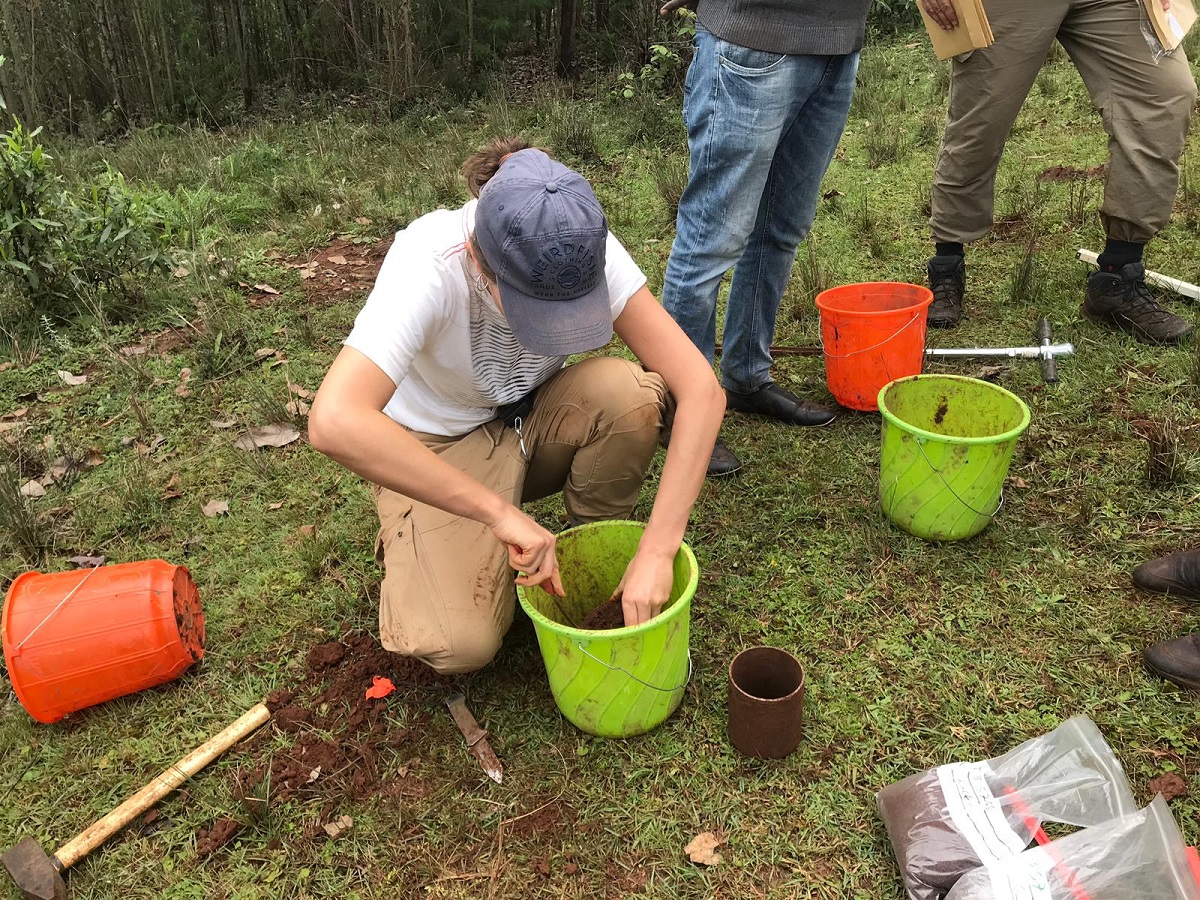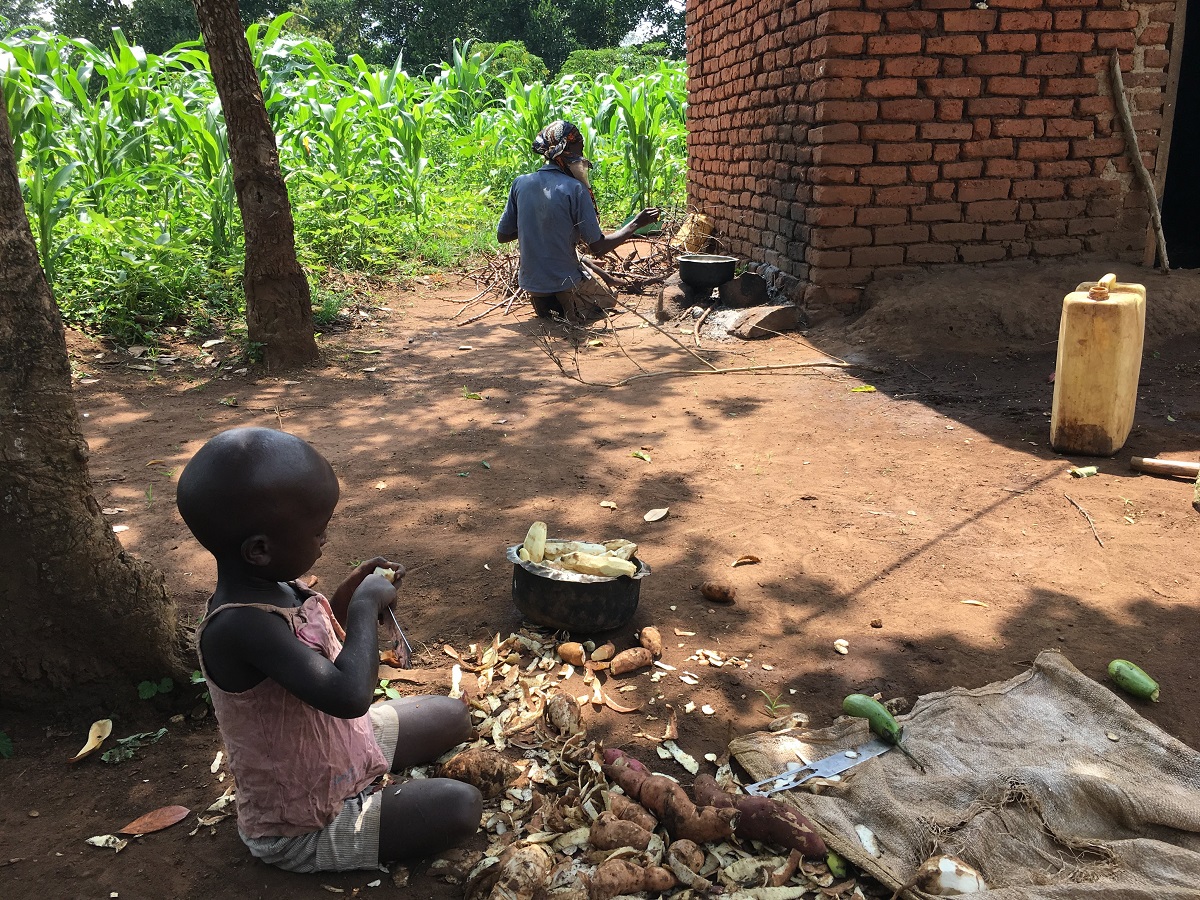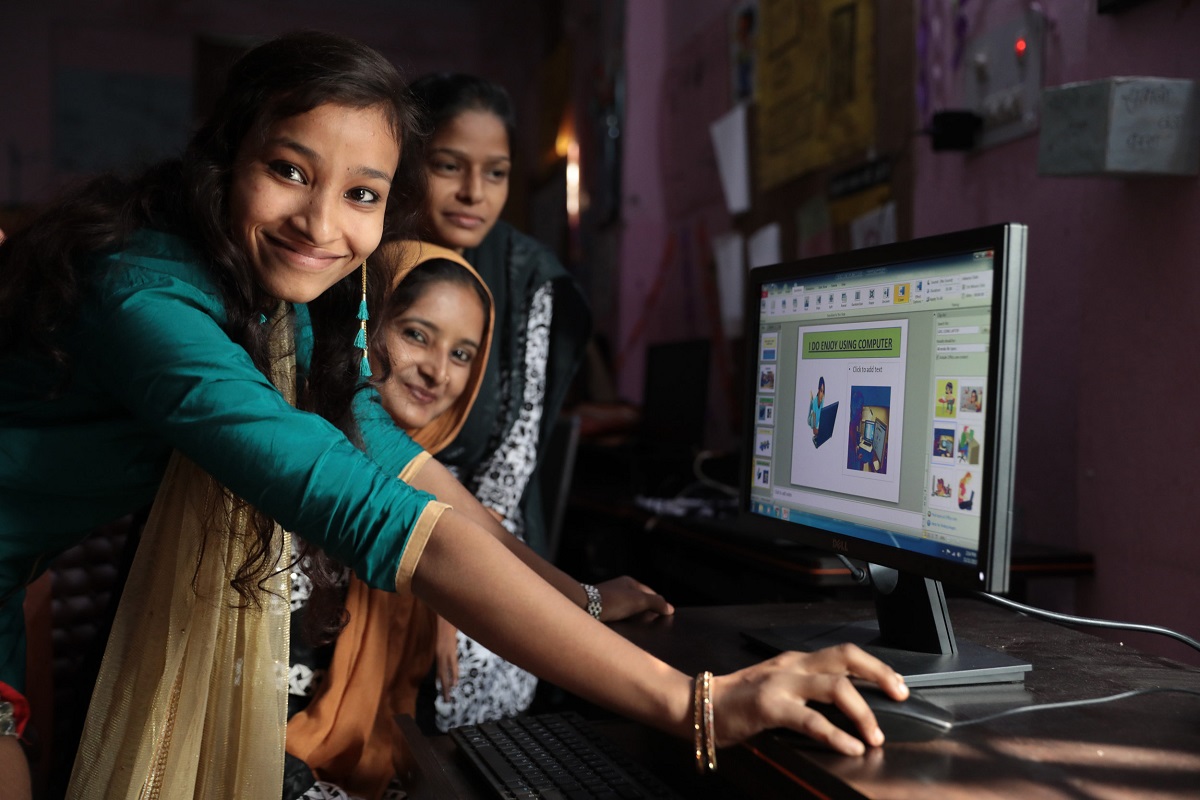News - 2022
A new study led by the University of Greenwich and the University of Kent shows that orangutans are still rapidly declining despite more than one billion US dollars invested in their conservation between 2000 and 2019. Orangutans face imminent...
Food choices impact human and planetary health. The negative environmental impacts of the food system, increasing food insecurity and the prevalence of unhealthy diets are driving policymakers, scientists, companies and consumers to demand...
Lora Forsythe, Kaysara Khatun and Uche Okpara |
Gender-based violence (GBV) is experienced by one in three women worldwide [1]. This significant global health and human rights issue has been exacerbated by the COVID-19 pandemic, as a result of...
Lora Forsythe, June Po, Valerie Nelson, Fiorella Picchioni, Gwen Varley* |
‘How can we make food systems research and action more feminist, critical and transformative?’ This was the central question at a panel session convened by staff from NRI’s...
Katie James, Lydia O’Meara, Rania Hassan |
The obstacles facing women in academia exist at multiple stages in their career. Despite the fact that over half of all PhDs have been awarded to women in recent years, the percentage of permanent female...
Andrew Westby |
“Achieve gender equality and empower all women and girls” – this is Sustainable Development Goal #5, one of the 17 global goals adopted in 2015 by the United Nations. My colleagues at NRI, our partners, students, and collaborators...
The 2022 Royal Entomological Society (RES) Student Forum had been eagerly anticipated as being an in-person event after two years of virtual meetings due to Covid restrictions. The annual forum, organised by and for undergraduate and postgraduate...
Molly E Brown |
Women’s responsibilities in agricultural production in low-income rural communities are increasing, along with high rates of male migration to urban areas. Yet with recent shifts in data collection tools, women have been sidelined...
Guadalupe Roberti* with Lucie Büchi and Lora Forsythe |
Soil is the foundation of life on Earth. For agriculture, food systems and natural resources, soil provides a range of essential ecosystem services, and its quality or ‘health’ is central to...
Gwen Varley* and Winifred Candiru* |
Motherhood can come with tremendous pressures: many women struggle with balancing care work with other work obligations, mental health challenges, physical complications of childbirth, fatigue, and a slew of...
Fiorella Picchioni |
International Women’s Day (IWD) grew out of the labour movement in the 1900s to become a major annual event. Remembering the significant labour struggles that shaped the event, this piece marks IWD 2022 by reflecting on the...
Vegard Iversen |
As suggested in a new publication on social mobility in developing countries, women have often been overlooked. The open access and freely available edited volume, ‘Social Mobility in Developing Countries: Concepts, Methods and...


